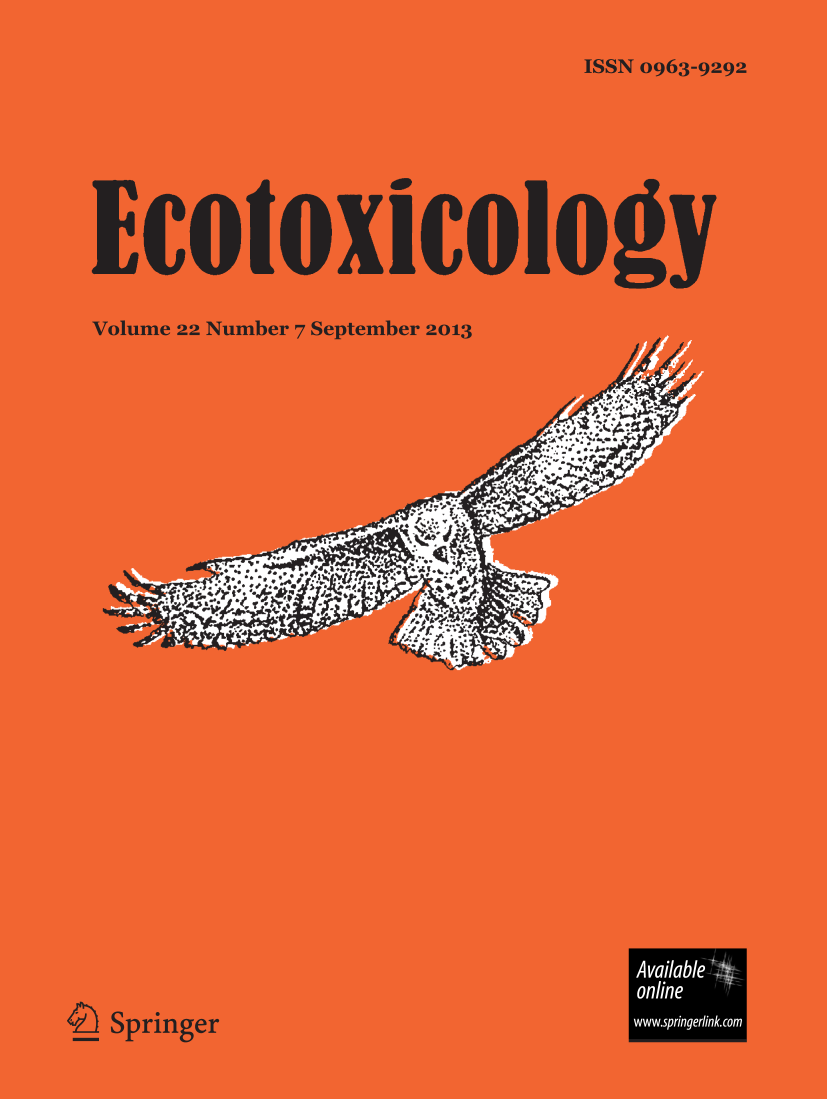微塑料调节浮萍中的镉毒性:对植物金属吸收和氧化应激的见解。
IF 2.7
4区 环境科学与生态学
Q2 ECOLOGY
引用次数: 0
摘要
本文章由计算机程序翻译,如有差异,请以英文原文为准。
Microplastic modulates cadmium toxicity in duckweed: Insights into metal uptakes and oxidative stress in the plant.
求助全文
通过发布文献求助,成功后即可免费获取论文全文。
去求助
来源期刊

Ecotoxicology
环境科学-毒理学
CiteScore
5.30
自引率
3.70%
发文量
107
审稿时长
4.7 months
期刊介绍:
Ecotoxicology is an international journal devoted to the publication of fundamental research on the effects of toxic chemicals on populations, communities and terrestrial, freshwater and marine ecosystems. It aims to elucidate mechanisms and processes whereby chemicals exert their effects on ecosystems and the impact caused at the population or community level. The journal is not biased with respect to taxon or biome, and papers that indicate possible new approaches to regulation and control of toxic chemicals and those aiding in formulating ways of conserving threatened species are particularly welcome. Studies on individuals should demonstrate linkage to population effects in clear and quantitative ways. Laboratory studies must show a clear linkage to specific field situations. The journal includes not only original research papers but technical notes and review articles, both invited and submitted. A strong, broadly based editorial board ensures as wide an international coverage as possible.
 求助内容:
求助内容: 应助结果提醒方式:
应助结果提醒方式:


